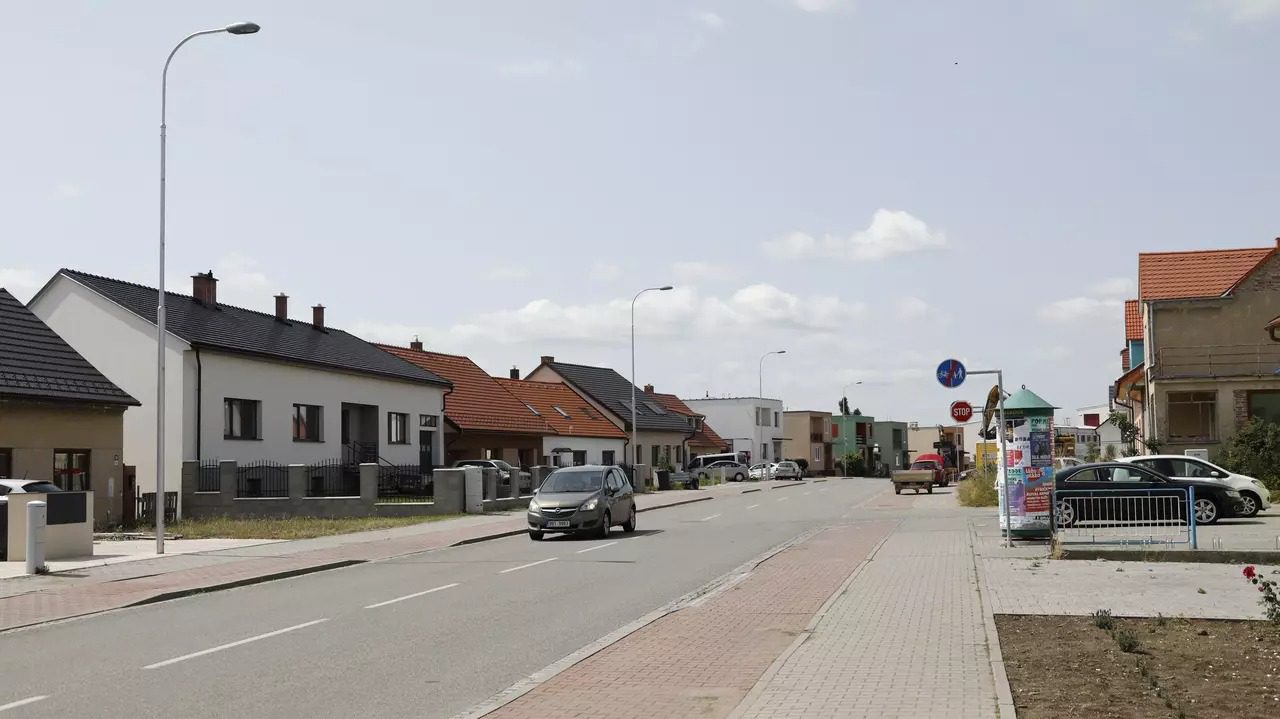On June 23, 2019, a devastating tornado swept across the Czech Republic, leaving behind a trail of destruction. Two years later, the affected areas are still recovering from the damage.
One of the most visible signs of the destruction is the lack of trees. While new facades, roofs, and homes have been built, the trees are growing much slower than the new construction. While new trees have been planted in many areas, it will take several years to provide shade.
In Moravská Nová Ves, one of the hardest-hit areas, the tornado damaged seven of nine municipal buildings. While some repairs have been made, much work remains to be done. The repairs to the remaining buildings, including a primary school, a town hall, and a funeral home, will cost roughly 80 million Czech korunas.
The repairs to the damaged buildings are just the beginning. The surrounding areas must also be restored, including sidewalks, roads, and green spaces. The total cost of the repairs and restoration is estimated to be around 100 million Czech korunas.
The tornado caused not only physical damage but also emotional trauma. Many residents still struggle with the memories of the destruction and the loss of their homes and belongings. While some communities choose to commemorate the tornado, others prefer to move on and focus on the positive, such as the outpouring of support and solidarity they received.
The Czech Republic is no stranger to natural disasters, but the tornado of 2019 was particularly devastating. While the affected communities continue to work towards recovery, it is essential to remember the resilience and strength of the Czech people in the face of adversity.
Despite the challenges the tornado brought, there have also been stories of hope and perseverance. One such story is that of a woman who refused to give up on her restaurant, despite being destroyed by the tornado. Two years later, she has reopened the restaurant and is determined to rebuild her business.
As the Czech Republic recovers from the tornado, supporting the affected communities and remembering the importance of disaster preparedness and resilience is essential.





